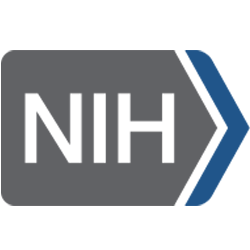
Yue Liu, PhD
Research Assistant Professor
Project Summary
Axolotls (Ambystoma mexicanum) (Figure 1-2) is one of the most interesting animal in the aquatic world. They are paedomorphic and are closely related to the tiger salamander. Axolotls are unusual among amphibians in that they reach adulthood without undergoing metamorphosis. Instead of taking to the land, adults remain aquatic and gilled. Two facts of Axolotls make genetic resources of axolotls highly valuable.
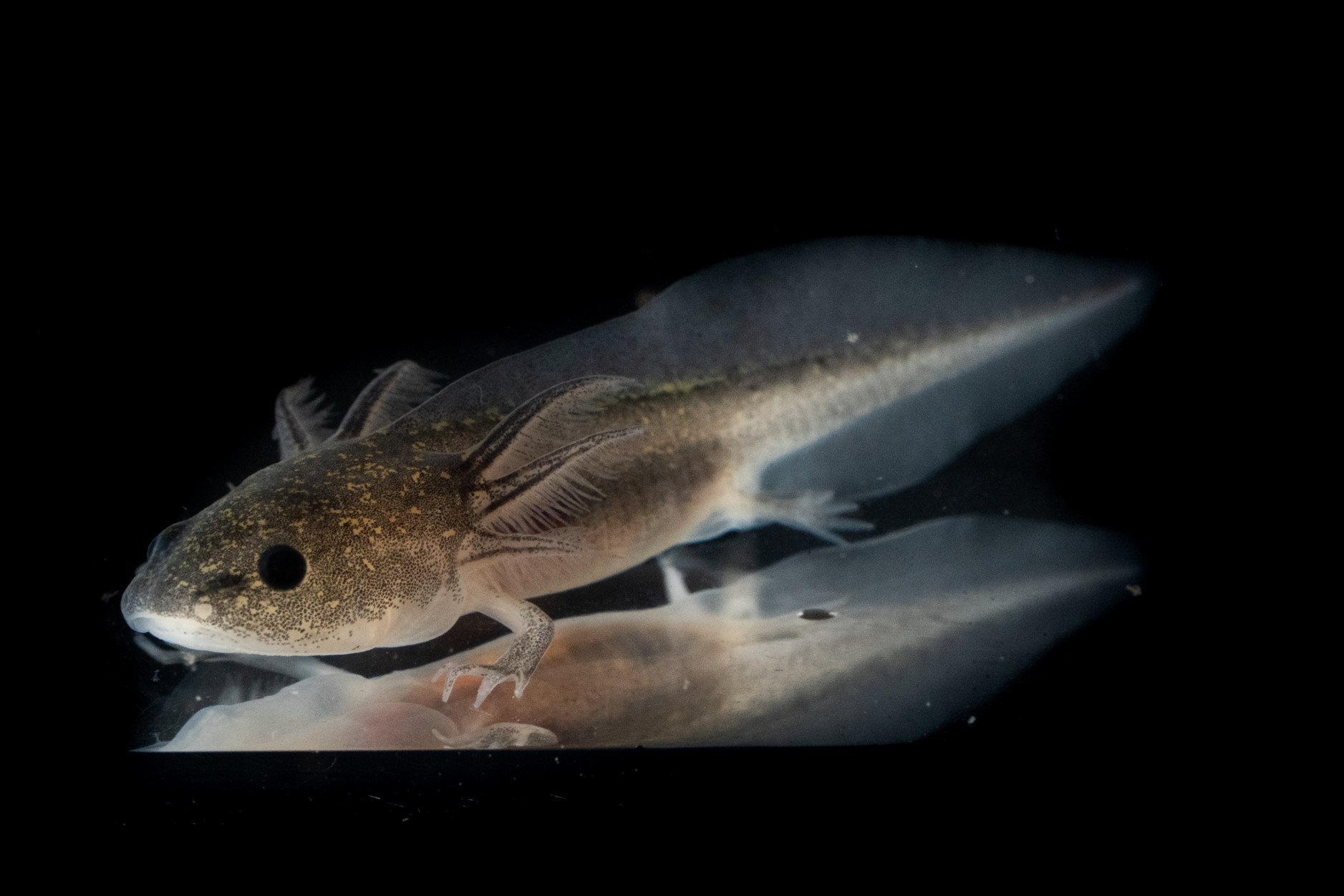
Conservation Status
Axolotls are one of the most at-risk animal groups in the world, being categorized as Critically Endangered by the IUCN Red List. Axolotls are endemic to the Xochimilco lake system in Mexico, which is now reduced to an area only 1% of its historical size (Parra‐Olea et al. 2012). Recent surveys show that the remaining population has decreased substantially due to overexploitation, introduced species, and habitat modification (Zambrano et al. 2007). Starting in the 1990s (Figure 3), axolotl monitoring programs showed that density of axolotls at their natural habitats decreased from 6,000 per km2 in 1998 to around 100 in 2008, and has continued declining to fewer than 35 axolotls per km2 in 2014 (Voss et al. 2015). The most recent survey in 2019 estimated that there are only 50–1,000 axolotls remain in the wild. As such, approaches for cryopreservation of axolotl gametes and established germplasm repositories is urgently needed.
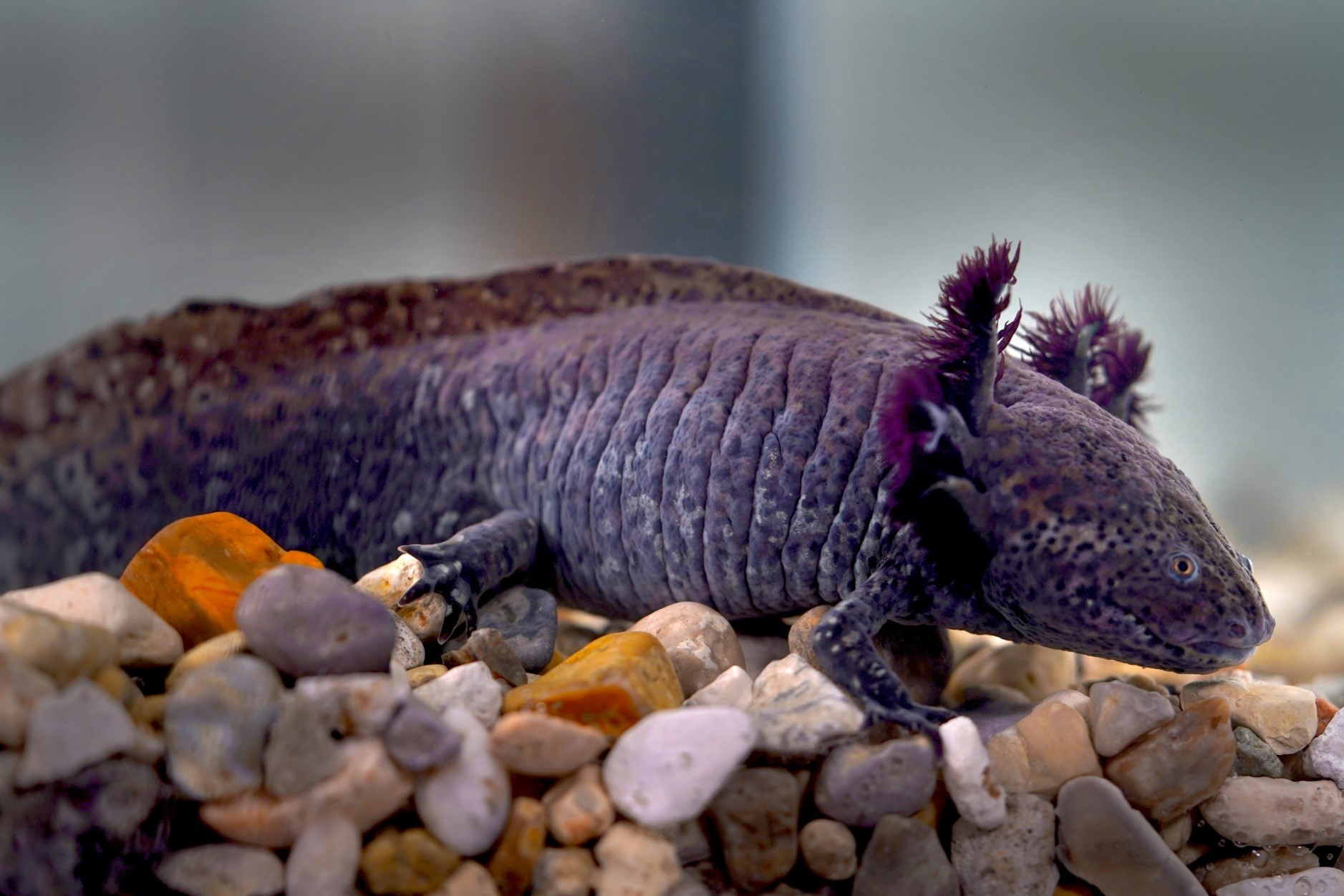
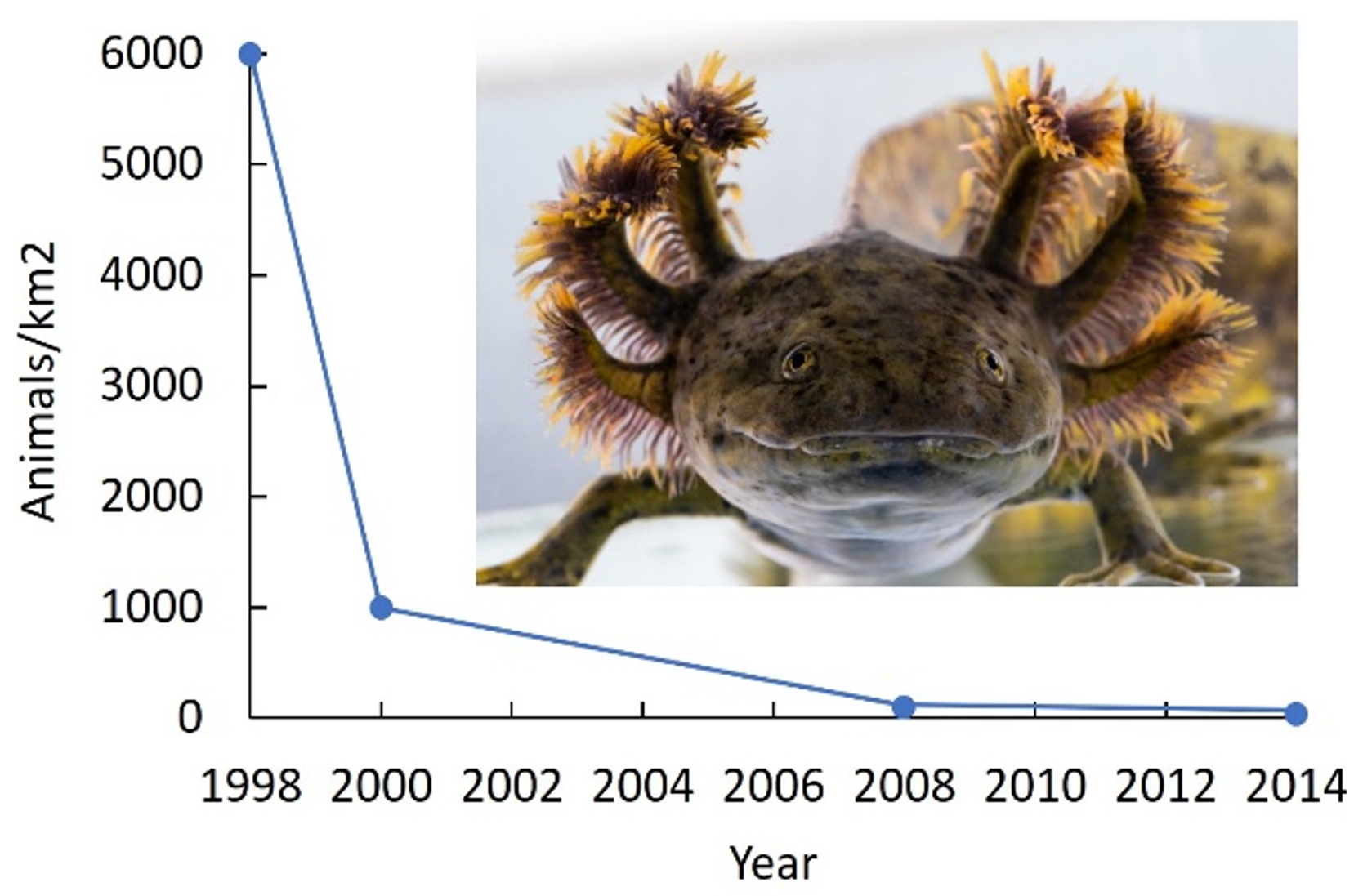
Biomedical Research Model
Axolotl is a popular research model for scientists around the globe to study regeneration. The axolotl model provides the opportunity to understand the behavior of cells to give the desired outcome of controlled growth and pattern formation leading to regeneration rather than aging and cancer (McCusker and Gardiner, 2011). The AGGRC partners with the Ambystoma Genetic Stock Center (AGSC), Lexington, Kentucky, which maintains and distributes axolotl embryos, larvae, and adults to laboratories and classrooms throughout the United States and abroad. Current focus of this collaborative project is establishment of protocols for sperm cryopreservation and related reproductive technologies.
Team Members

Lucia Arregui - Postdoctoral Researcher
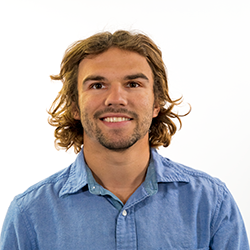
Adam Wise - Undergraduate Student Worker

Lily Carter - Undergraduate Student Worker

Luke Turner - Undergraduate Student Worker
Collaborators
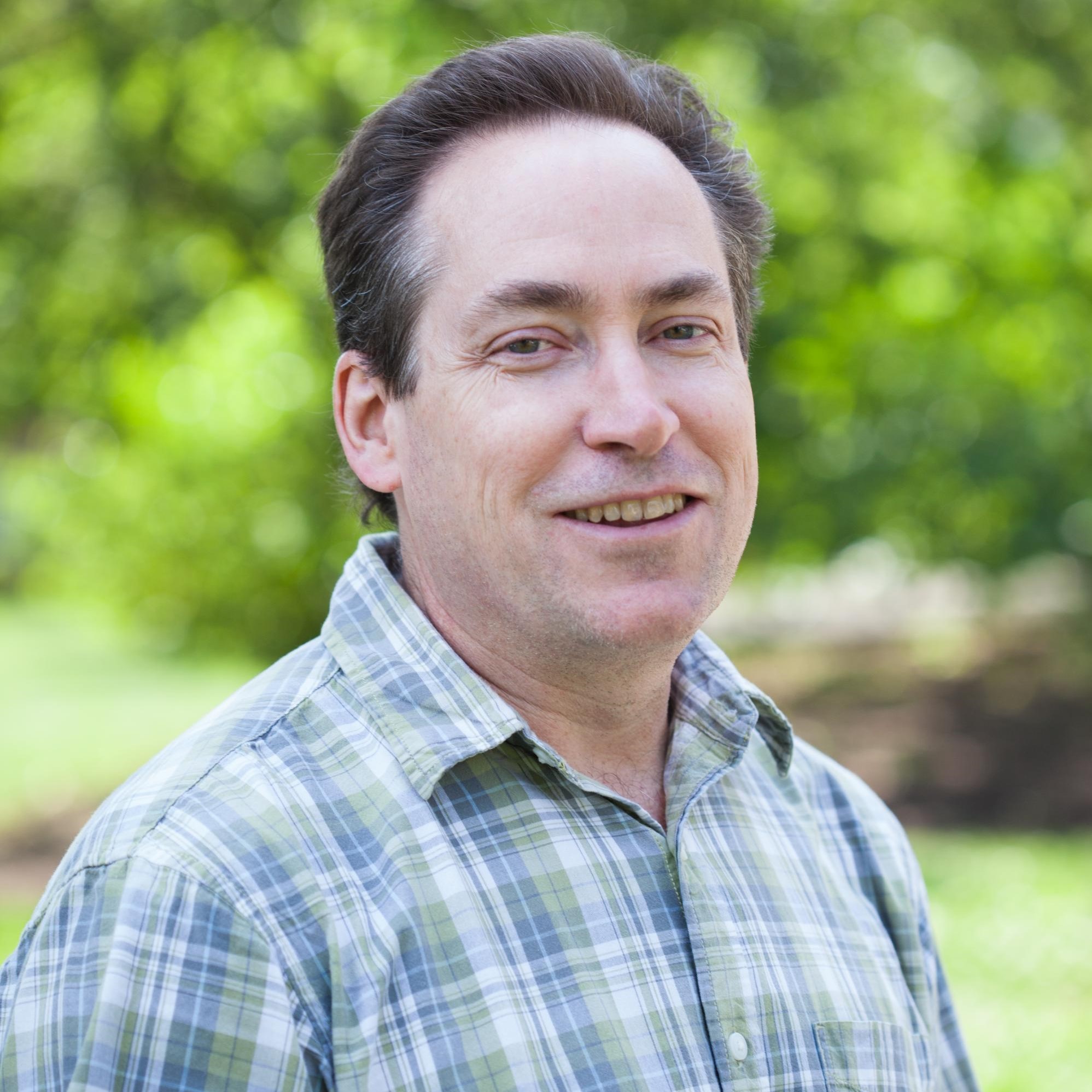
Dr. Randal S. Voss - Director, Ambystoma Genetic Stock Center, University of Kentucky

Laura Muzinic - Associate Director, Ambystoma Genetic Stock Center, University of Kentucky

Chris Muzinic - Curator, Ambystoma Genetic Stock Center, University of Kentucky

Grace Zimmerman - Assistant curator, Ambystoma Genetic Stock Center, University of Kentucky
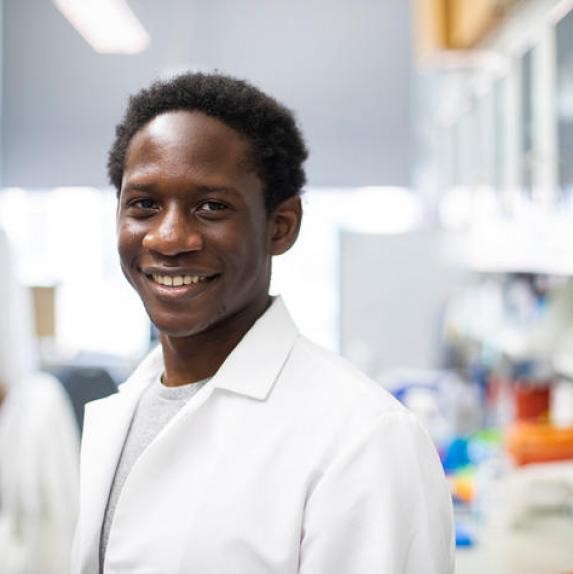
Mirindi Kabangu - Laboratory technician, Ambystoma Genetic Stock Center, University of Kentucky

Raissa Cecil - Scientist I, Ambystoma Genetic Stock Center, University of Kentucky
Funding Organizations
